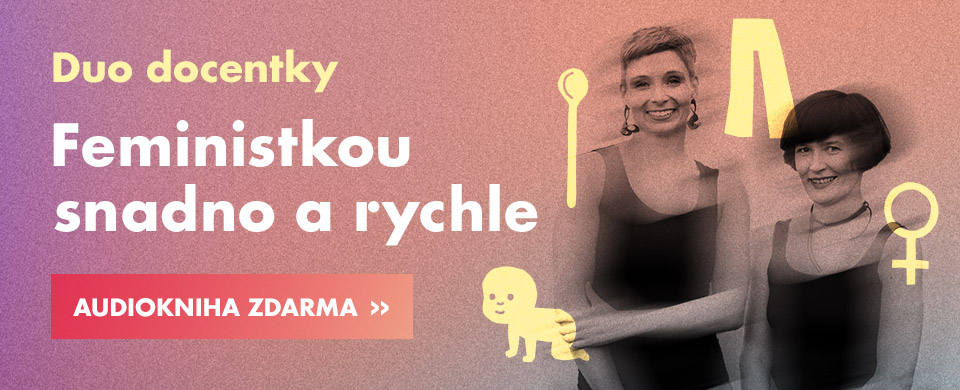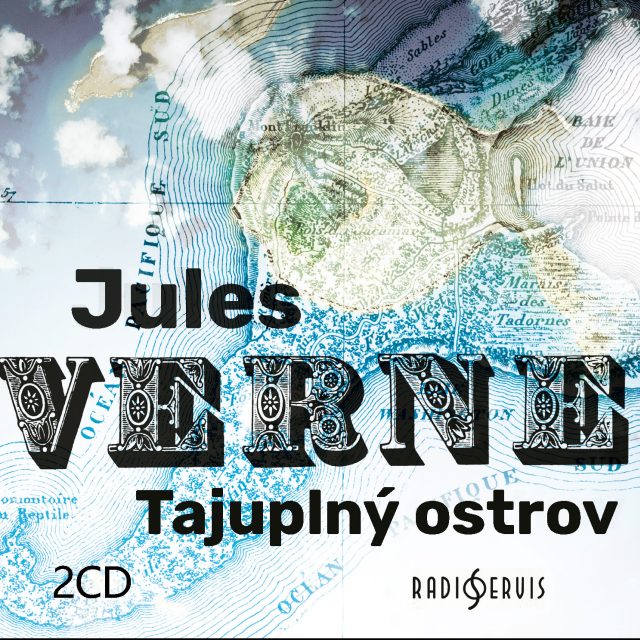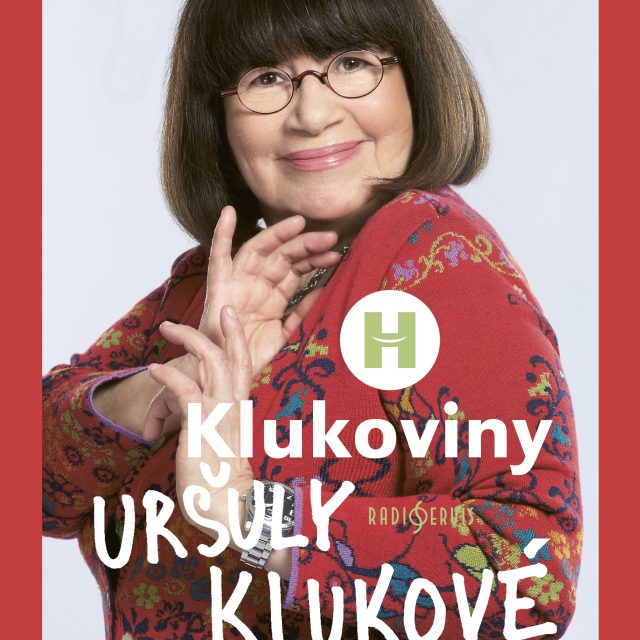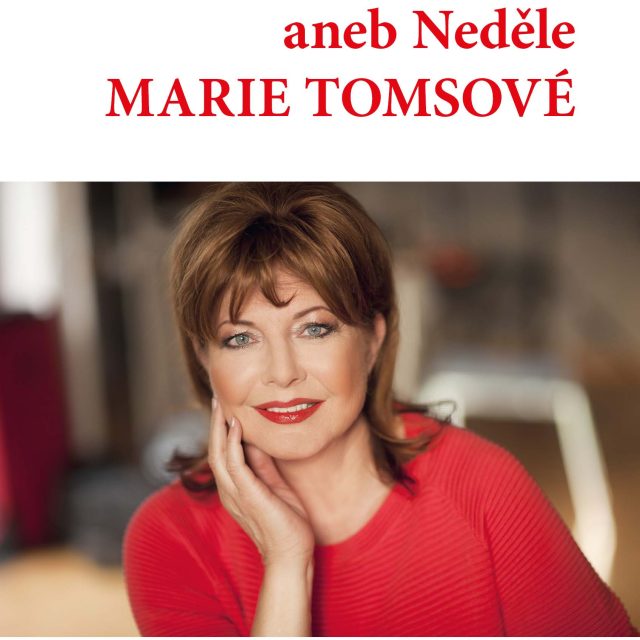Na východ od ráje IV.: Nostalgická Budapešť
Maďarská metropola je blízko, a predsa ostáva pomerne tajomná. V porovnaní s Prahou a Bratislavou sú v nej cítiť „balkánske vplyvy“, niečím pripomína Belehrad. Nehanbí sa za ošarpané budovy, naopak, tie mu dodávajú nostalgické čaro. Napriek tomu, že politická atmosféra v Maďarsku zapĺňa stĺpčeky medzinárodných periodík skôr z negatívnych dôvodov, v Budapešti stiesnenosť nepocítite. V jej širokých bulvároch a tmavých uliciach môžete zmiznúť na pár hodín a hľadať stratený čas. Dni tu plynú pomaly, horúce slnko zohrieva ulice, ktoré hlavne v lete ožívajú najmä večer a v noci.
Nočný život sa koncentruje hlavne v Pešti, Buda je ospalou rezidenčnou štvrťou plnou stromov a kľudu. Epicentrom nočnej zábavy je hlavne siedmy okrsok, kde nájdete preslávené “ruin pubs”, väčšina ktorých je ale skôr okupovaná zábavou chtiacimi turistami. Miestna mládež trávi horúce večery trebárs na námestí Erszébet tér, hip turisti si odskočia do ulice Anker, kde sídli vintage store Retrock oproti ktorému je obľúbená reštaurácia rovnakého mena ako zmienená ulica. Celá táto oblasť je plná barov, reštaurácií, kaviarní a klubov. Na Király utca okrem koktail barov tiež nájdete výbornú taliansku pizzu za 300 forintov a oproti nej dvor Gozsdu Udvar, kde sú desiatky podnikov, vrátane skvelej thajskej reštaurácie a klubu Kolor, ktorý napriek konvenčnému vzhľadu komerčného podniku každý pondelok hostí celkom zaujímavé akcie Monday Sessions, ktoré sú zadarmo. Videla som tam napríklad Labannu Babalon, Le1f alebo Jam City.
Oproti siedmemu okrsku je ôsma časť Józsefváros, hlavne okolo železničnej stanice Keleti, známa ako miestne “ghetto”. Opadané omietky a prázdne ulice, hlavne pri horšom počasí, občas pripomínajú Brooklyn. Genius loci má však nezameniteľný. Postupne si získava lokálpatriotov, ktorí oceňujú jej autentickosť. V septembri sa tu napríklad koná akcia 20 forintos operett (20 forintová opereta), ktorá mytologizuje 8. okrsok hravým spôsobom. Cestou určite neminiete typický soc-realistický obchodný dom Corvin, na streche ktorého je relatívne málo zaujímavý tanečný klub, ale pod ním je priestor pre alternatívne koncerty a akcie zvaný MÜSZI. Ak sa vyberiete smerom na Corvin Negyed, nevynechajte klub Kontra, ktorý sídli v pivničných priestoroch kultúrneho centra Trafó. Konajú sa tu koncerty a akcie, na jeseň by tu mala prebehnúť časť známeho maďarského hudobného festivalu Ultrahang, ktorý mal štvorročnú prestávku a už stihol ohlásiť mená z line-upu vrátane KTL, Charlemagne Palestine, Ekoplekz, atď. Ukrytý medzi šedivými panelákmi, čarovnými ošarpanými domami a pestrofarebnými novostavbami je Gólya, podnik, ktorý je nenápadný, ale o to viac vás prekvapí svojou nenútenou atmosférou.
Čo sa týka miestnej hudobnej scény, za posledných pár rokov vzniklo hneď niekoľko zaujímavých aktivít, trebárs label a kolektív Farbwechsel (rozhovor o značke tu), ktorý sa zameriava na vydávanie lokálnych umelcov, ale aj iniciatívy ako B O U N C E, Holalo, Küss Mich (rozhovor o projekte tu), spomínaný Ultrahang (rozhovor o ňom tu) organizuje prezentácie začínajúcich hudobníkov v sérii Demo. Zaujímavé sú aj mimohudobné projekty ako DIY fanzin Technologie und das unheimliche, experimentálny archív mail artu a východoevrópskeho multimediálneho umenia Artpool alebo galérie Higgs Field a Supermarket.
Dominantou mesta je rieka Dunaj, ktorú križuje niekoľko podobne majestátnych mostov. Pre tých, ktorých neláka socializácia, je druhá najdlhšia rieka v Európe príjemným spoločníkom. Môže sa stať, že natrafíte na improvizovaný koncert. Oproti nej sa vyníma vrch Gellért a za ním sa rozlieha Buda, časť, ktorej sa darí vyhnúť sa davom turistov. Idylicky pôsobia štvrte ako Normafa, plné zelene a priam dedinského kľudu.
East of Paradise IV: Nostalgic Budapest
The Hungarian metropolis is close, yet it still remains relatively mysterious. In comparison to Prague and Bratislava, its “Balkan influence” is tangible, in some ways it is reminiscent of Belgrade. It is not ashamed of its derelict buildings, to the contrary, they inject it with a certain nostalgic vibe. In spite of the fact, that Hungary's political situation has been attracting the attention of international media and public for largely negative reasons as of late, you will not feel this in Budapest. In its broad boulevards and dark streets, one can disappear for a few hours and search for lost time. Days pass slowly here, the scorching sun warms up the streets, which especially in summer, come to life in the evenings and at night.
The night life is concentrated primarily in the Pest side, Buda is a sleepy residential area full of trees and calmness. The epicentre of nightlife is the seventh district, scattered with infamous “ruin bars”, most of which are occupied by entertainment-hungry tourists. Local youth happily hangs out at the Erzsébet Square, hip tourists pop nearby to the Anker street, where the Retrock vintage store can be found, faced by a popular restaurant bearing the same name as the street. The whole of this area brims with plethora of bars, restaurants, cafés and clubs. On Király utca, apart from cocktail bars, you will also find an excellent Italian pizza for 300 forints. Opposite, a maze of bars and restaurants unveils, including a Thai take-away and the club Kolor, which despite looking rather unremarkable, each Monday hosts the Monday Sessions. I have seen the likes of Labanna Babalon, Le1f or Jam City there, for instance.
<iframe width="640" height="360" src="//www.youtube.com/embed/L-nd3iTrbAE" frameborder="0" allowfullscreen></iframe>
Opposite the seventh district is the eighth one called Józsefváros – especially around the railway station Keleti, known as the local “ghetto”. Its beaten facade and empty streets, especially during adverse weather, sometimes eerily remind of Brooklyn. The genius loci, nevertheless, is remarkable. Gradually, Józsefváros, is gaining local advocates who appreciate its authenticity. In September, for instance, there is a special event called 20 forintos operett (20 Forint Operette) which mythologizes the 8th district in a playful way. En route, you certainly won't miss the typical socialist realist shopping mall Corvin, whose roof houses a dance club of little interest, but below it, an alternative venue called MÜSZI. Head further, towards the Corvin Negyed, and stop by at the Kontra club, located in the basement of the cultural centre Trafó. Concerts and events take place here, in autumn, part of the renowned Hungarian music festival Ultrahang is planned to take place here after a four-year hiatus. Its lineup already includes experimental music stars like KTL, Charlemagne Palestine, Ekoplekz, etc. Hidden in between the grey concrete blocks, charming desolate houses and multi-coloured newly built apartments is Gólya, an unassuming bar, which will surprise you with its chilled atmosphere.
<iframe width="100%" height="250" scrolling="no" frameborder="no" src="https://w.soundcloud.com/player/?url=https%3A//api.soundcloud.com/tracks/147027201&auto_play=false&hide_related=false&show_comments=true&show_user=true&show_reposts=false&visual=true"></iframe>
When it comes to the local music scene, in the last few years, several noteworthy activities have come to life, such as the label and collective Farbwechsel (interview about the label here), focusing on releasing local artists exclusively, as well as initiatives such as B O U N C E, Holalo, Küss Mich (interview about the project here), the aforementioned Ultrahang (interview here) organizes presentations of up-and-coming musicians in its Demo series. Non-music related projects such as the DIY fanzine Technologie und das unheimliche, experimental archive of mail art and Eastern European multimedia art Artpool as well as galleries such as Higgs Field and Supermarket are worth exploring.
Danube is the city's dominant, crisscrossed by several equally impressive bridges. Those, who eschew socializing in favour of solitude, the second longest river in Europe will provide some solace. You might even come across an improvised concert. The Gellért Hill overlooks the mighty Duna, with the leafy Buda as its backdrop, an area, which manages to avoid masses of tourists. Districts, like Normafa, full of greenery and Zen-like calmness offer respite from the urban hustle and bustle.
Více z pořadu
Mohlo by vás zajímat
E-shop Českého rozhlasu
Kdo jste vy? Klára, nebo učitel?
Tereza Kostková, moderátorka ČRo Dvojka
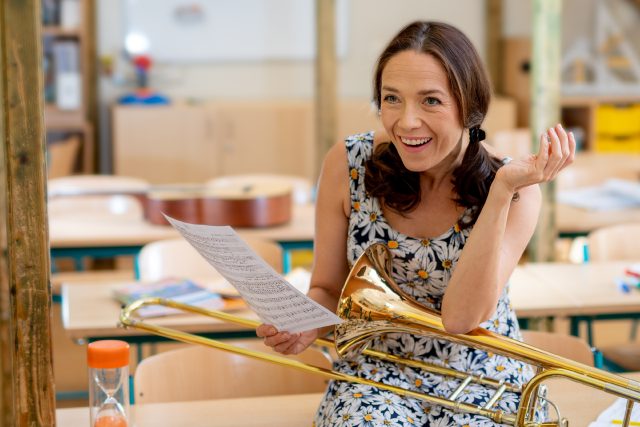
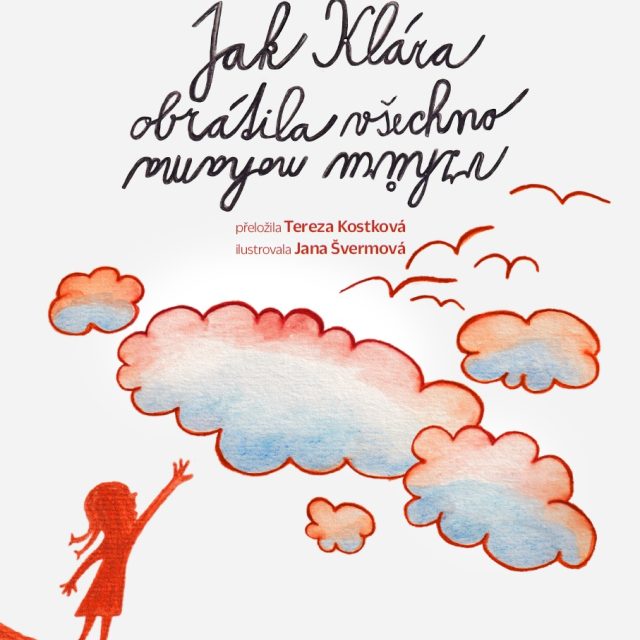
Jak Klára obrátila všechno vzhůru nohama
Knížka režiséra a herce Jakuba Nvoty v překladu Terezy Kostkové předkládá malým i velkým čtenářům dialogy malé Kláry a učitele o světě, který se dá vnímat docela jinak, než jak se píše v učebnicích.

